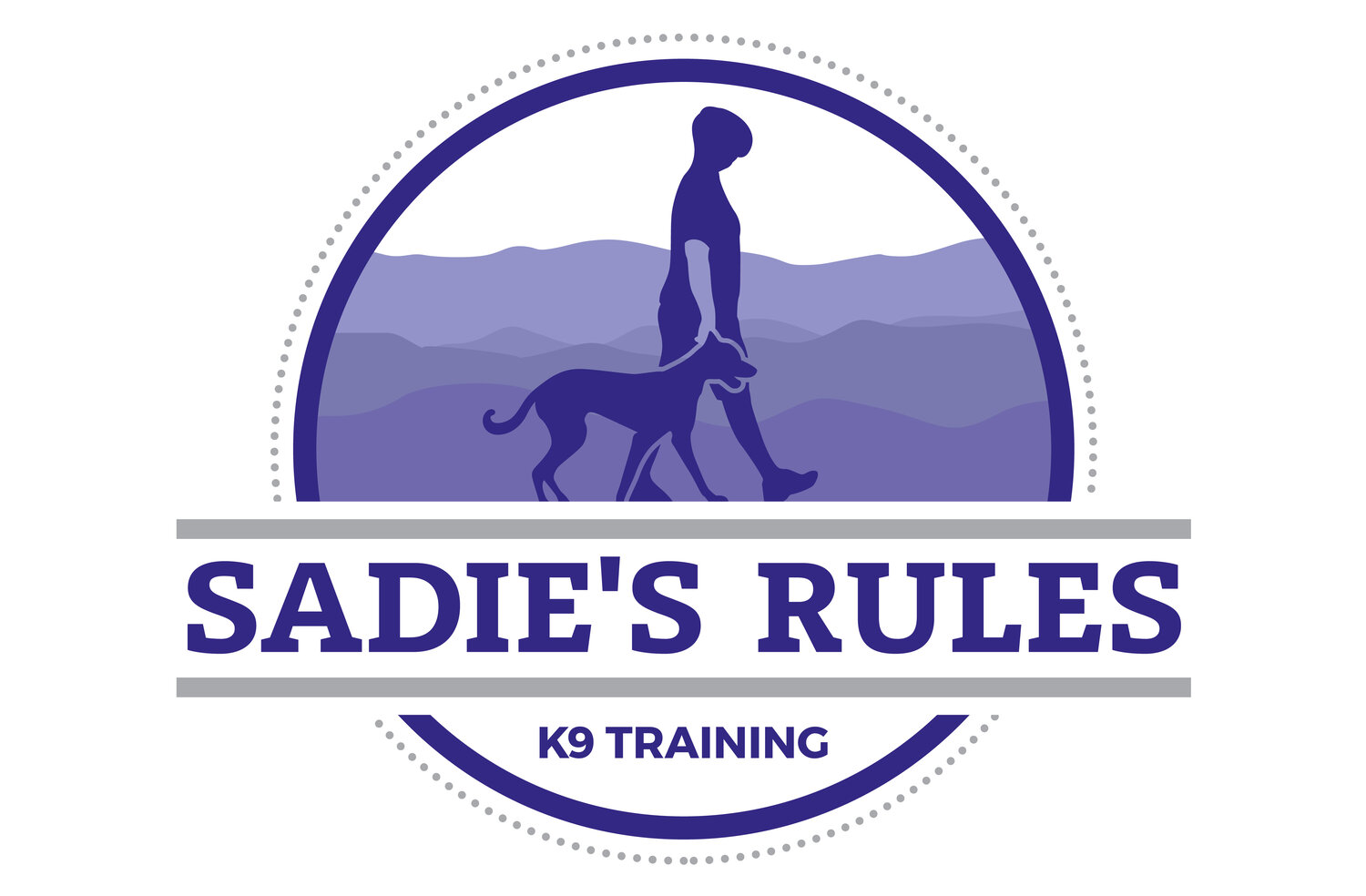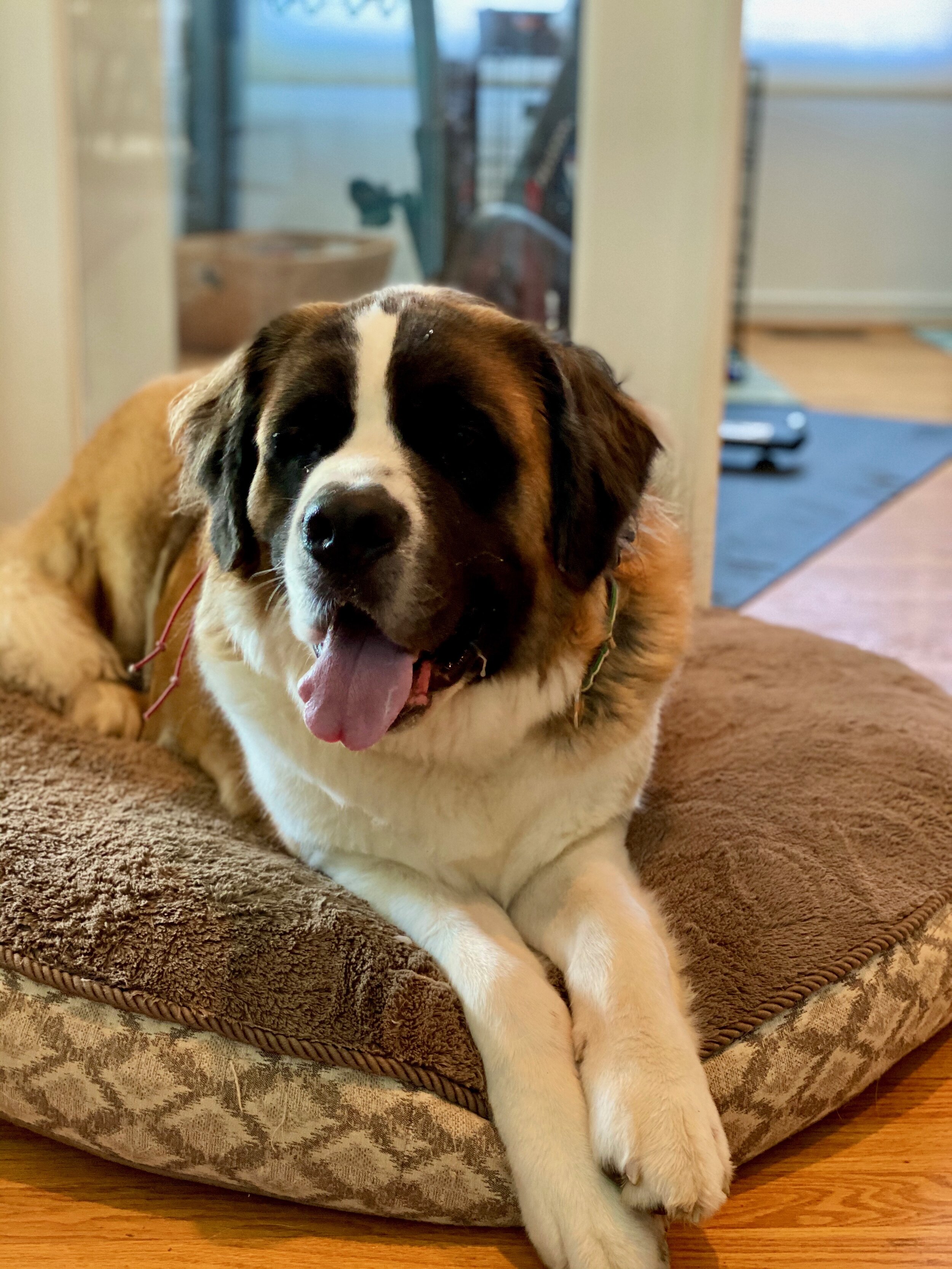This week I posted on social media about what makes a dog happy, and how my observations (and those of my balanced training colleagues and clients) contradict the positive-only/force-free ideology. In my experience as a professional dog trainer, I have witnessed dogs blossom with clear communication, leadership, accountability and structure—the exact things that are labeled as harmful by the positive-only/force-free crowd. In this blog post, I’d like to elaborate on how two of these things—clear communication and structure—create “happiness” for a dog.
Every dog benefits tremendously from clear communication
I provide dogs with clear communication through the use of training collars such as e-collars and prong collars in combination with other techniques such as body language, pressure and release, food rewards, tone of voice, timing, etc. I know I say this over and over, but it’s worth repeating: Yes, the prong collar and e-collar can be used for more than just corrections! They are primarily tools of communication. They have the ability to correct, which is a form of communication, but that is not all they’re used for, nor is it the scarring experience folks sometimes imagine it to be. (Perhaps at some point I will do an entire blog post just on that!)
But the clear communication that helps my trainees thrive is not just the method of communication (the tools), but the fullness of the information provided. To say it plainly: Dogs benefit from fair, meaningful corrections! The reason why this is such a big deal is because most dogs don’t get this information prior to training. We live in a world where we’re quick to say “yes” (reward a behavior we like) but we’re hesitant to say “no” (correct behaviors we don’t like) or we’re not sure how, so we just don’t do it. When a dog arrives here for training, we start giving them ALL the information they need to make good choices. We do tons and tons of communicating, teaching, and patterning the “right” behaviors, and we also correct the “wrong” behaviors. As a result, the dog is no longer confused about what he’s supposed to be doing and not doing, and with this clarity comes relaxation. You wouldn’t expect that telling your dog “no” would play a crucial role in lowering their anxiety level, but I see this happen with every single dog I train, bar none.
Dogs thrive in a structured environment
Structure allows this big guy to be included in family life in a way that’s more comfortable for all!
Again, you wouldn’t expect that trading total freedom for a more structured lifestyle would be a positive thing, but it is! When a dog has total freedom to roam the house and do as they please, the dog is making all their own decisions all day, every day. Decision making is not inherently bad, but it is stressful. When a dog arrives for training and we reduce the overall number of decisions to be made and dramatically simplify the rest, we see the dogs RELAX. Every. Single. Time. (Think of how different your stress level would be if I reduced the number of decisions you had to make on a daily basis!) While in this structured training environment, we develop clear communication, pattern good behavior, and establish solid leadership on the human end of the leash. By the end of training when we reintroduce freedom, the dogs are able to enjoy it without the stress they experienced in the past because we’ve used structure to create the conditions for a stress-free lifestyle. Dogs who were never able to be trusted off leash can now go for off-leash hikes, and dogs who once had to be crated when guests arrive can now calmly hold the place command instead. Quality dog training broadens a dog’s world, and the influence of structure is at the core of this transformation.
Balanced dog training involves a structured lifestyle with both rewards *and* corrections for a reason: these components are pivotal parts of achieving a behaviorally balanced dog. The dogs are no longer burdened by surface-level issues like crate problems, leash reactivity, aggression, hyperactivity, etc. and they’re no longer burdened by underlying issues like the anxiety and stress that come from having too much freedom, too little information, and too little leadership. The dog’s world is simpler, clearer, and less stressful. The side effect of training is that the dogs are more relaxed and better able to enjoy everyday life. You might call that “happier”—I sure do.

